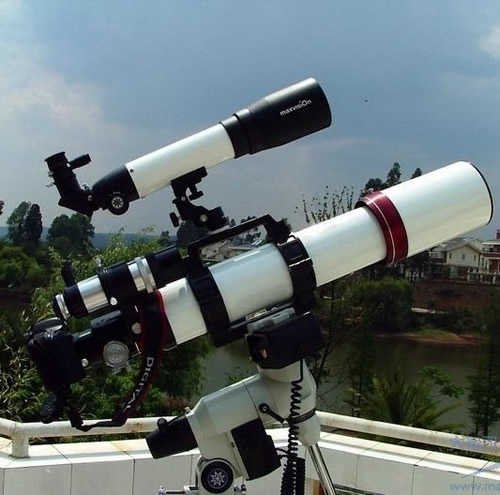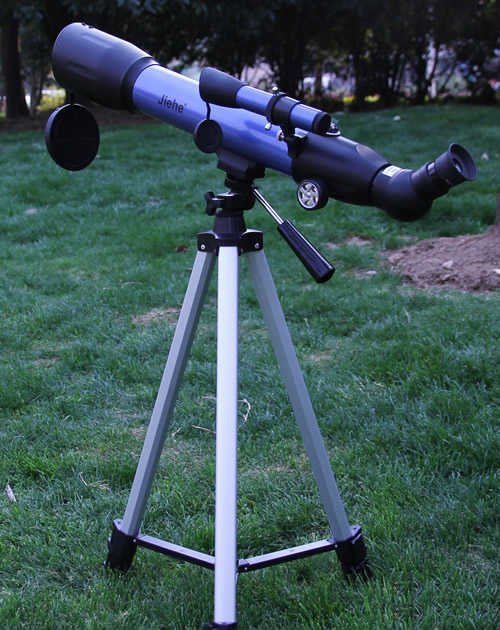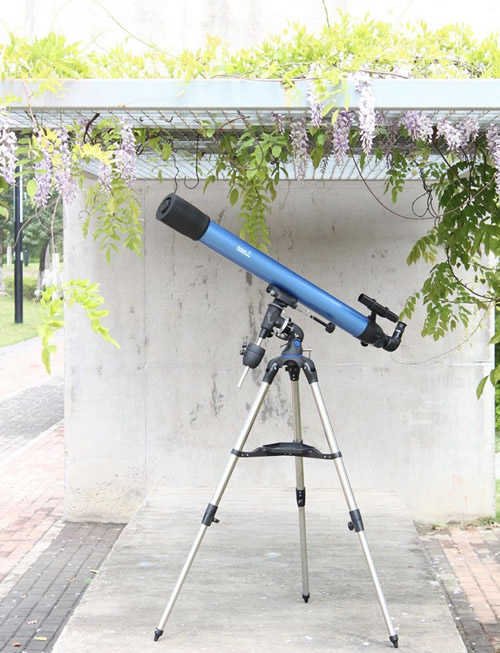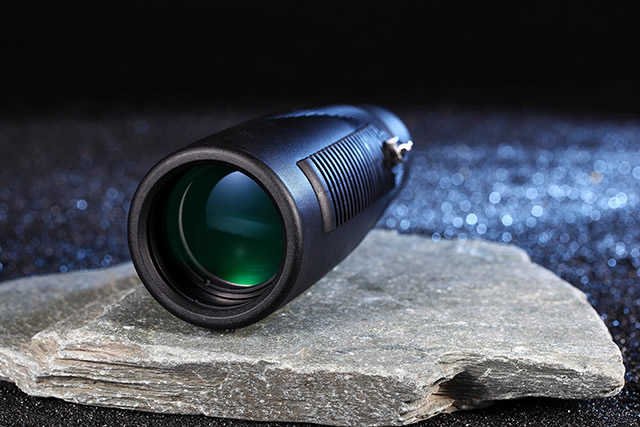Explain the top ten Telescopes worldwide in the world's top ten Telescope shooting pictures to appreciate
On October 2, 1608, Dutch officials were carefully thinking about a patent application. This is a invention submitted by the owner of the glasses shop owner Hans LipperShey.The object looks like it is around, and it can magnify the objects and scenes through it.This is the earliest concept of Telescope.A few months later, Italian physics and astronomer Galileo took a Telescope for astronomical observation.
The initial Telescope was very simple. It was composed of a very small lens and placed in an internal empty wood pipe with a long arm.However, today, 400 years later, the world's largest Telescope requires built on the towering mountains. Several tons of steel is used to support huge mirrors, so that scientists can observe the vast area of space.In June 2008, at a speech conference held by an astronomer, Dava Sobel claimed that observing space through Telescopes was one of the most outstanding achievements in human beings as a life form.
The following is the top ten largest astronomical Telescopes in the world. The photos of these are the largest optical/infrared Telescopes on the ground.
1. Gran Telescopio Canarias
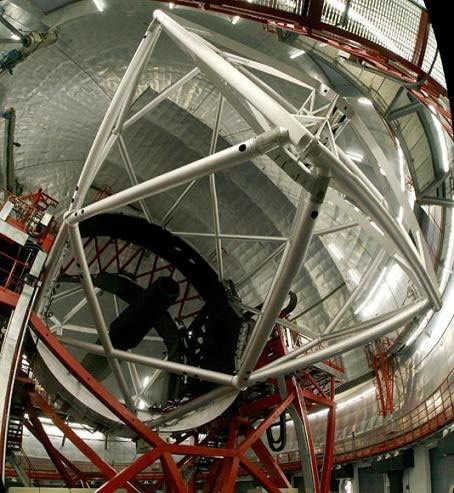
Gana Large Large Telescope
At present, the world's largest ground basic Telescope is the large Telescope of Gasana. It is located on a small island in Parmaga Islands, Spain. It is said that multiple large Telescopes are placed in the Gaza Islands.The mirror diameter of the Telescope is 10.4 meters, which is composed of 36 custom mirror hexagonal components. The installation requires accurate to a range of 1 mm.It invested a total of $ 175 million, jointly built by the Spanish government, two Mexican research institutions, and the University of Florida.
Before installing the Telescope component, each component was named the name of the gods in the folk legend in the local islands, or named after the island's animals and plants.
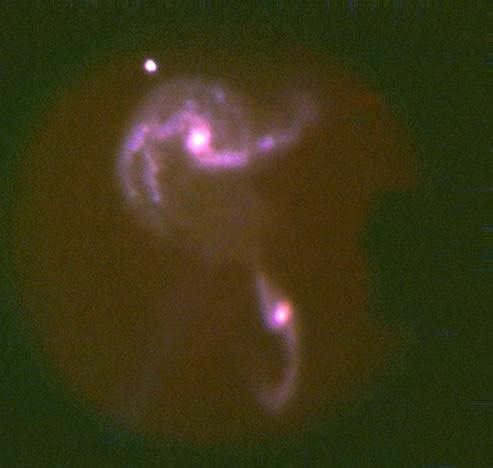
Pictures shot by Garn Large Telescope
The last batch of 36 mirror components of the large Telescope of the Gana column was completed. However, its first appearance was in July 2007, when only 12 mirror components were installed.The first star it observes is the "Tycho 1205081" (Tycho 1205081), which is very close to the North Star. After that, this large Telescope has more captured astronomical pictures to shoot a set of interactive galaxies -UGC 10923.The results of each shooting show that the star formation area expands, and the exposure time of the shooting is 50 seconds.
2. Keck Telescope (KECK I & amp; ii)
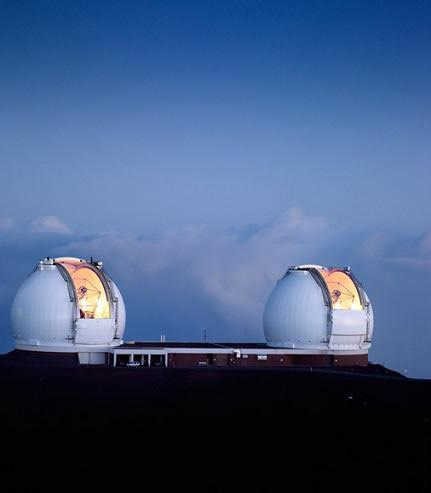
Kake Telescope
W. M. Kay Telescope is located on the top of Monakia Mountain in Hawaii, 4200 meters above sea level, and Kike I & amp; II is two exactly the same Telescope. They are composed of 36 mirror hexagonal components. The overall mirror diameter is 10 meters.The diameter of each mirror is 1.8 meters, and the thickness is only 10 cm. By actively optical support system, the mirror surface maintains high accuracy.There are three main devices of the Telescope: near infrared camera, high -resolution CCD detectors and high -colored scattered spectrometers.
Each Telescope is 8 floors height and weighs 300 tons. At present, astronomical observation accuracy can reach milliligns.In 1993, the Kike I Telescope was put into use and used scientific observations.In order to use the Telescope for 1-5 nights, astronomers must be approved by the committee in advance and operate the Telescope with the assistance of the committee. Generally, astronomers collect data from the headquarters of the Observatory headquarters in Waimea, Hawaii.
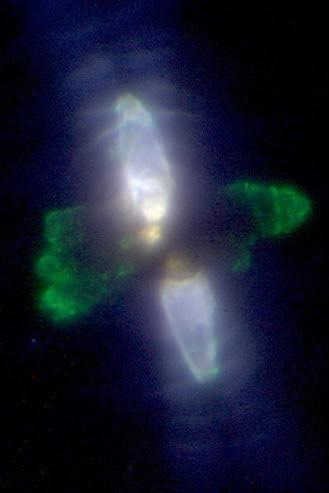
Pictures taken by Kake Telescope
By canceling the distortion and deformation in the atmosphere, the recent adjustment of the adaptive optical system has improved the ground basic astronomical observation ability of the Kake Telescope, and the observation picture is 10 times clearer than before.For example, the Egg NEBULA (Egg Nebula) of the Egg Nebula (Egg NEBULA) is a synthetic picture.When more and more substances on the surface of the star begins to get rid of, the surface becomes more hot, making UV light electricity from becoming a gas, thereby showing beautiful colors under the Telescope observation.The planet can be formed after thousands of years.
3. Large -scale Telescope in southern Africa
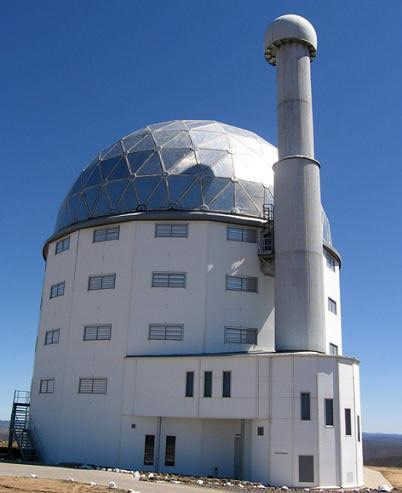
A large Telescope in southern Africa, referred to as SALT, is located on a hill on southern Africa. It is the largest single -optical Telescope in the southern hemisphere.It is composed of 91 mirror hexagonal components. The overall mirror is actually effective in diameter of 10 meters.The Telescope can detect the weak light of the moon distance like a candlelight, and the Telescope was first put into use in 2005.Astronomers from South Africa, the United States, Germany, Poland, the United Kingdom, and New Zealand have used large Telescopes in southern Africa.
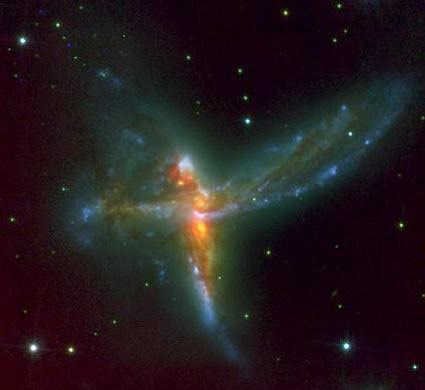
Pictures of large -scale Telescope in southern Africa
Is this picture showing "the universe Nirvana Phoenix"?In fact, this is the scene of the three galaxies collision mergers. Before the astronomers called this picture "Big Bird", and identified this is just the merger of the two galaxies.It is the result of the collision of the three galaxies, and there is a clear separation material area on the head of the "Big Bird".In order to establish this picture, the large Telescope in southern Africa use its spectrum camera to provide valuable observation materials to the Telescope association, and the spectrum camera can decompose the light into a structure color.This may be used to study the physical condition of the galaxy and the detailed situation of the movement path during the three galaxies.The separation speed of interstellar matter in some areas of the "Big Bird" exceeds 400 km/s.It is very rare to observe such high -speed Running interstellar substances that can be observed in the combined galaxy.
4. Hobbie Enley Telescope
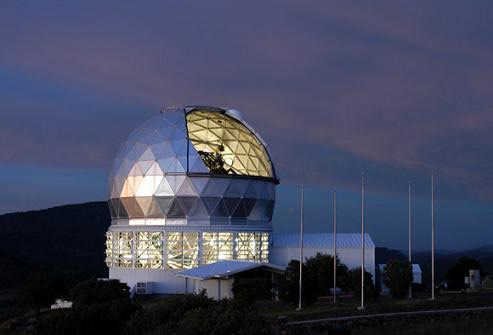
Hobbie Eberi Telescope
Hobbie Enlie Telescope is located in the Favaks Mountain in Texas, USA, referred to as Het, which is very similar to large Telescopes in southern Africa.It is composed of 91 mirror hexagonal components. Each mirror diameter is 1 meter, which is continuously sorted by a small computer control motor.The overall mirror diameter can reach 11 meters, and the actual available is only 9.2 meters.The Telescope can detect cosmic light of 100 million times darker than the human body.Its design and construction adopt a unique way to enable it to absorb large light, especially spectrometers, and its cost is very low.
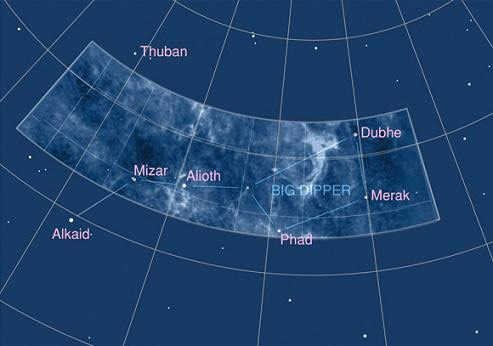
Pictures taken by Hobbie Enley Telescope
The Hobbie Eberi Telescope can observe the layman star and gamma rays of the Solar system. It is currently used to observe the mysterious substance of the universe that humans cannot see-dark energy.In the three-year special plan "HETDEX" (Hobbi-Eberi Telescope dark energy experiment), the Telescope can observe more than 1 million galaxies from 9 billion light years away, so that it can be drawn to the largest so far so far so farThe universe map.This universe map allows astronomers to measure the expansion speed of the universe in different periods, hoping to reveal the role of the dark energy of different cosmic era. At present, the Telescope will search for the universe area where the Dabei star is overwhelmed.
5. Large dual -Tube Telescope

Large dual -Tube Telescope
Large binocular Telescope is referred to as LBT, which is composed of two tightly adjacent 8.4 diameter Telescopes. They can work separately. When the merger work is like a single, larger Telescope.The first Telescope was set up on the top of the Graham, Arizona, USA in 2004. The second Telescope was installed since 2005. It was not until early this year that the two Telescopes were observed.
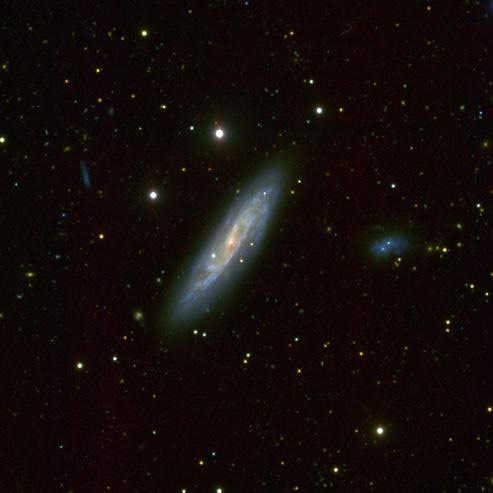
Pictures of large binocular Telescope shooting
The first picture was taken in the large binocular Telescope, showing the NGC 2770 galaxy, which is 102 million light years from the earth.This is actually a synthetic picture: the same scene is taken with ultraviolet rays and green light, respectively, showing the activity of stars in the area. At the same time, the red light area shows the older and colder stars.After the merger of such three pictures, a beautiful picture can be formed, which can show the different characteristics of the star body at the same time.
6. 6 Telescope
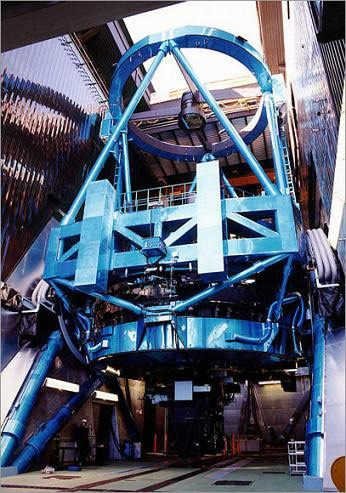
Telescope
As shown in the figure, this is the half -mountainside of the Mountains of Monakia, Hawaii. The diameter of the Telescope is 8.2 meters. These are a optical/visual infrared Telescope.The mirror surface is thin, and the high imaging quality is obtained through active optics and adaptive optics; the second is to achieve high -precision tracking; the third is to use a cylindrical observation room to automatically control ventilation and air filter, so that the exclusion of hot turbulence can achieve the best conditionsEssenceThis Telescope uses a Serrurier truss to keep the main mirror frame and the auxiliary frame keep parallel in movement.
It can share the observation data of other Telescopes with the Kaike Observatory.It has the largest single -lens in the world today, and its use rights belong to the National Observatory of Japan, but astronomers from all over the world can use it.The name of the Telescope comes from a young star group- "Pleiades".The first scientific observation was conducted in 1999.
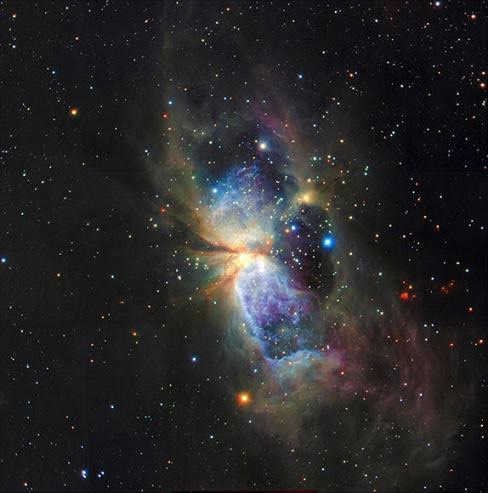
Picture of Telescope shooting
This is the gorgeous and clear infrared picture of the S106 star in the S106 star.The maximum quality star in the regional center is called IRS4. It has a history of 10,000 years and its quality is 20 times that of the sun.In addition, astronomers have found that the quality of many stars is lower than the twins in the area, and they are likely to be brown dwarfs.
7. The European Astronomical Observatory is a big Telescope interference instrument
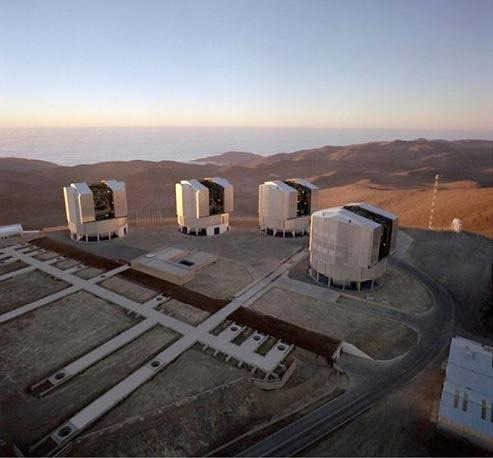
The interference instrument of the southern observatory of Europe
It is a 48.2 -meter diameter Telescope structureCheng, located on Mount Sear Parana, Chile, can operate alone or form a very large Telescope interference instrument.The instruments assembled in the big Telescope can provide detailed observation materials and capture the changes in the star body movement of one billionth.This combined astronomy observation can detect cosmic light 4 billion times more visible than the human body.

Pictures taken by the Da Ling mirror of the Southern Observatory of Europe
Very large Telescope helps astronomers to observe the "fried circle cake" structure shown in the figure, which is considered to be a large quality black hole at the center of many galaxies. Generally, the area near the black hole is very bright.Several Levels of brightness.Indirect evidence tells that astronomers are a gas and dust structure with thick frying circular cakes, which are wrapped in black holes.No one of the astronomers had previously observed the star structure.In 2003, astronomers used very big Telescopes to reveal the mysterious veil of the fried circle cake structure of the NGC 1068 galaxy center.
8. Gemini Telescope
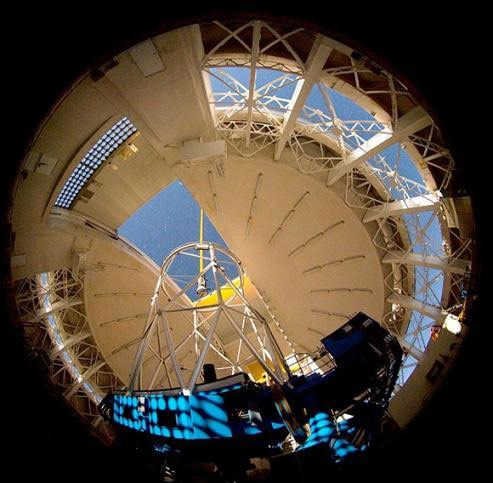
Gemini Telescope is not two tightly adjacent Telescopes. This is two 8 -meter diameter optical/infrared Telescopes, which are located on the east -west hemisphere.The Telescope located in the northern hemisphere is coordinated with other Telescopes in Monakia, Hawaii. The Telescope located in the southern hemisphere is located on Mount Siro Parana, Chile.Place the Telescope in two hemispheres for easy observation of all -weather systems.Its main mirror uses active optical control, and the auxiliary mirror is quickly corrected as an inclined mirror. It will also use the adaptive optical system to make the infrared area close to the diffraction limit.
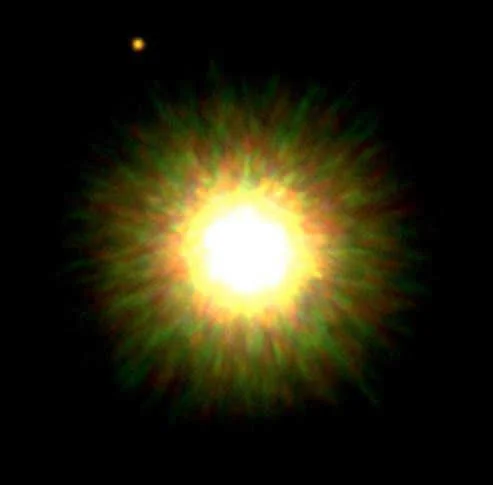
Picture of Gemini Telescope
It impressed the astronomers.This is likely to be the first picture of the planet surround another star. Astronomers did not eventually determine whether the star actually surrounds a young sun star.If it is a planet, then it will be a behemoth in the planetary family, and its quality is 8 times that of Jupiter.The distance between it is 330 times the distance between the earth-Solar distance. Compared with it, the sea king star in the Solar system is only 30 times that of the earth-Solar distance from the sun.
9. Multi -mirror Telescope

Multi -mirror Telescope
Multi -mirror Telescope is referred to as MMT. Before the main mirror surface is installed, 6 small mirrors are used. This 6.5 -meter diameter main mirror has a specially inferior honeycomb design.The multi -mirror Telescope is an art -level building, and it does not have the dome structure of the traditional observatory.This unique appearance makes the walls, tops, tops and Telescopes of the Observatory's wall, and Telescopes can quickly cool down the Telescope and improve observation efficiency.At present, Multi -mirror Telescope is located on Hopkinson Mountain, Tunson, Arizona, USA.

Multi -mirror Telescope shooting pictures
Because it is in the galaxy, it is difficult to observe the structure of the Milky Way, but the multi -mirror Telescope (referred to as MMT) can help us better observe the "twin brothers" of the galaxy -Triangle Star -based (referred to as M33).Although this galaxy looks very much like the galaxy, it is actually smaller.There are 200 billion stars in the galaxy, while only 10-40 billion stars in the triangle galaxy.Astronomers use multi -mirror Telescopes to establish three -dimensional maps of galaxies, which is conducive to searching for exterior planets and detecting ancient stars in the current period of the universe.
10. Magellan I & amp; II Telescope
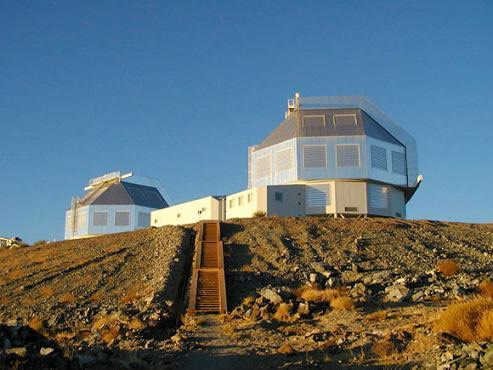
Magellan Telescope is currently the latest bilateral Telescope. Two Telescopes are 200 feet apart from the heights of the Atkama Desert in Chile.The 6.5 -meter diameter mirror of the Telescope floats on a high -pressure oil film, and its friction is small, and children can promote this 150 -ton Telescope.However, no astronomer wants to slide the mirror, so driving the cylinder and the driving plane can form a pressure of 10,000 pounds to keep the mirror stable.

Pictures taken by Magellan Telescope
The 8 Zhang Magellan Telescope is combined to form this dazzling picture, which is called "Thor's helmet".This is shot by the spectral camera of the Magellan regional camera using the "Inamori) Magellan regional camera and assembled 8 megapixel CCD detectors.As a result, as a Wolf-Rayet Stars, its surface temperature can reach 25,000-50000 Kai Kai's temperature.
